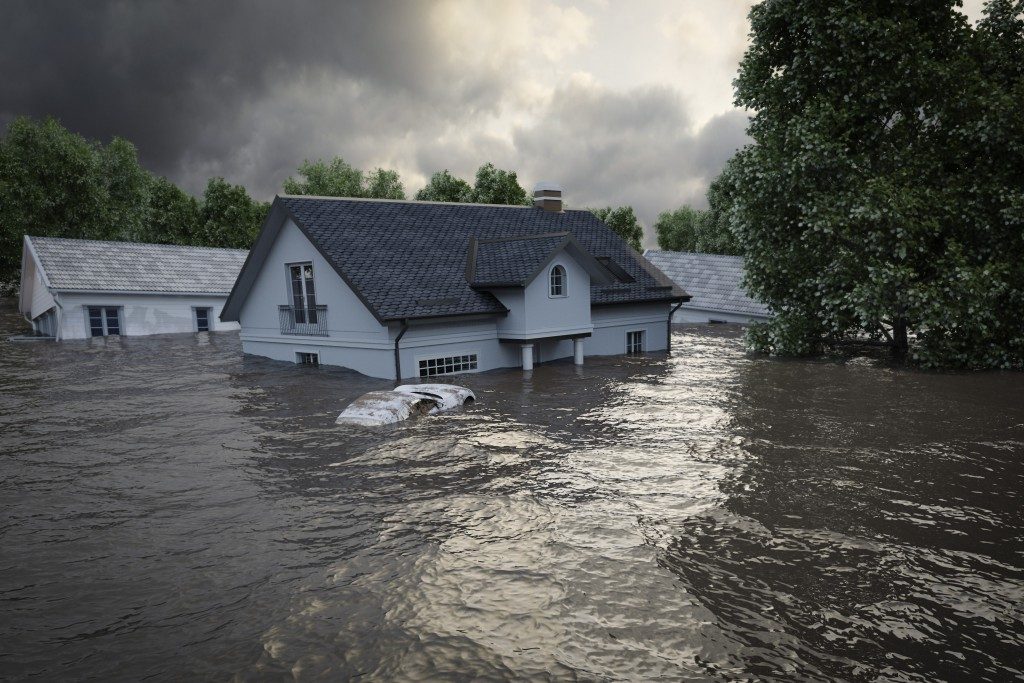Despite the implementation of various disaster risk management strategies, there are still instances wherein we find ourselves utterly shocked by property damage and human casualties brought upon by natural calamities.
One disastrous example of this is when Hurricane Katrina made its landfall in New Orleans in 2005. Despite several flood control management measures prepared in New Orleans, it suffered a great deal of devastation in the hands of the hurricane. And up until now, they continue to face the challenge of how to make the city less vulnerable to heavy flooding and landslides.
While the government is doing its best to strengthen structural protection measures such as levees, pumps and floodwalls to potentially decrease the damage from storm surges, what are the odds that New Orleans will suffer from a storm surge like hurricane Katrina again?
What makes the city vulnerable to storm surges in the first place?
Geographical Disadvantage
One of the main factors that highly affect a city’s vulnerability to storm surges and hurricanes is its geographical location. Since New Orleans is located near the Gulf of Mexico and large bodies of water like the Mississippi River and Lake Pontchartrain, it is not surprising at all that the city is prone to hurricanes.
It does not help as well that the city is located in a hurricane belt. This, ultimately, is a strong factor that makes the city a lot more prone to visits from elemental threats all year round.
How to Solve It: While there is nothing else that can be done to counter this problem, strategically placing structural protection measures can help reduce property damages and human casualties during hurricane season.
Below Sea Level Attribute

Another factor that makes New Orleans vulnerable to storm surges is that the entire city is over 10 feet below sea level. This makes it a lot more prone to flash floods and water engulfment. Since it is already below sea level, water can easily access the entire city. This can be problematic since New Orleans is surrounded by bodies of water in the first place.
How to Solve It: Much like the geographical aspect of the city, there is a limitation on what can be done about this issue. However, a good disaster risk management plan can help in a lot of ways. For starters, careful monitoring of water levels in bodies of water located near the city should be implemented.
The government should be ready to drain and reduce the water in these bodies when necessary. This can prevent spillage of water that can contribute more to flash floods and the like.
Adding strong protective structures such as levees and floodgates in places near these bodies of water can also prove to be a vital aid in protecting the city from strong storm surges. Through these structures, New Orleans can be protected from threats of these bodies contributing to flooding when the time comes.
A better drainage system can also contribute to redirecting large amounts of water in the city. In the event that structural measures cannot contain high levels of water from spilling in the city, drainage systems can help drain and redirect water to reduce the risk of flooding.

